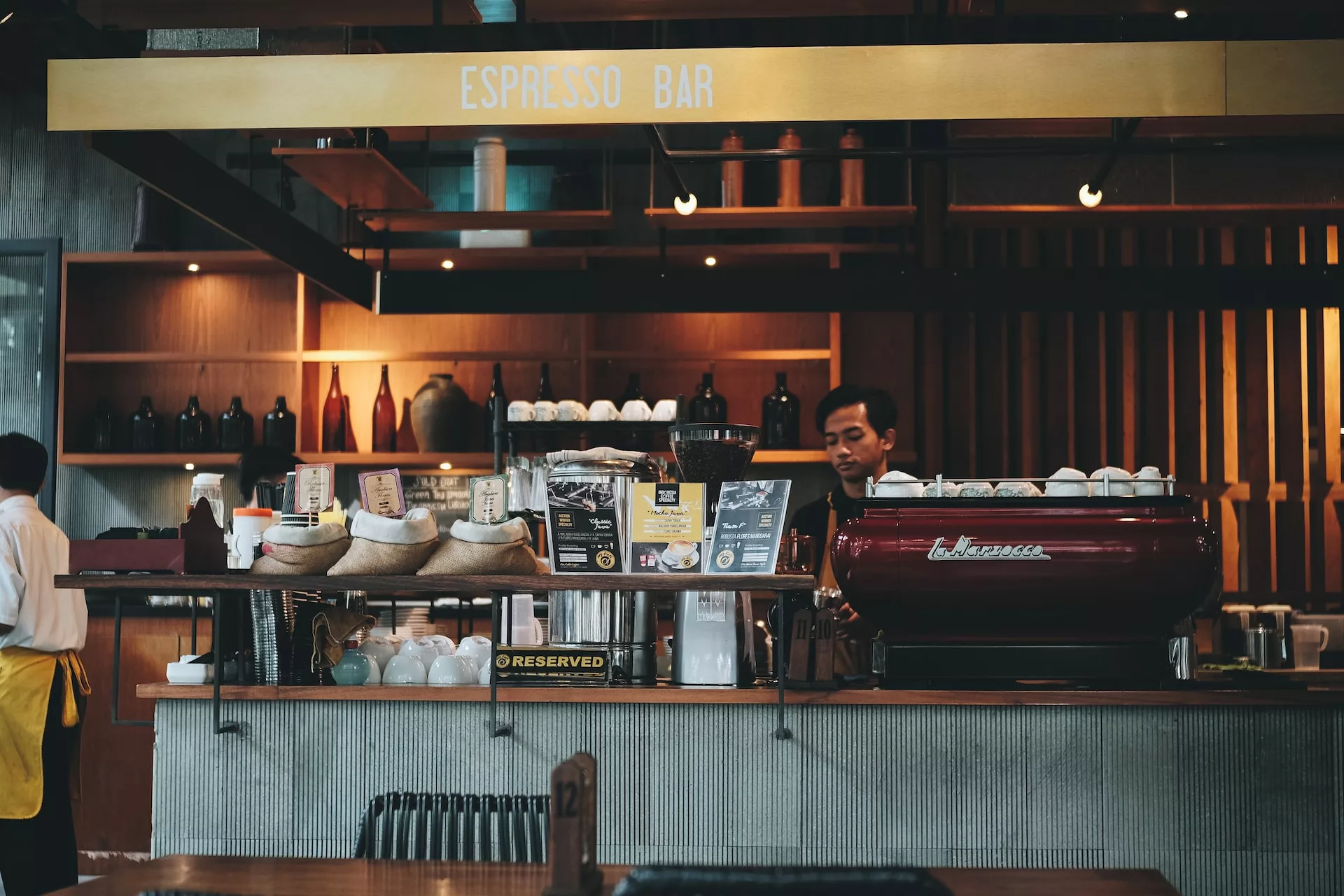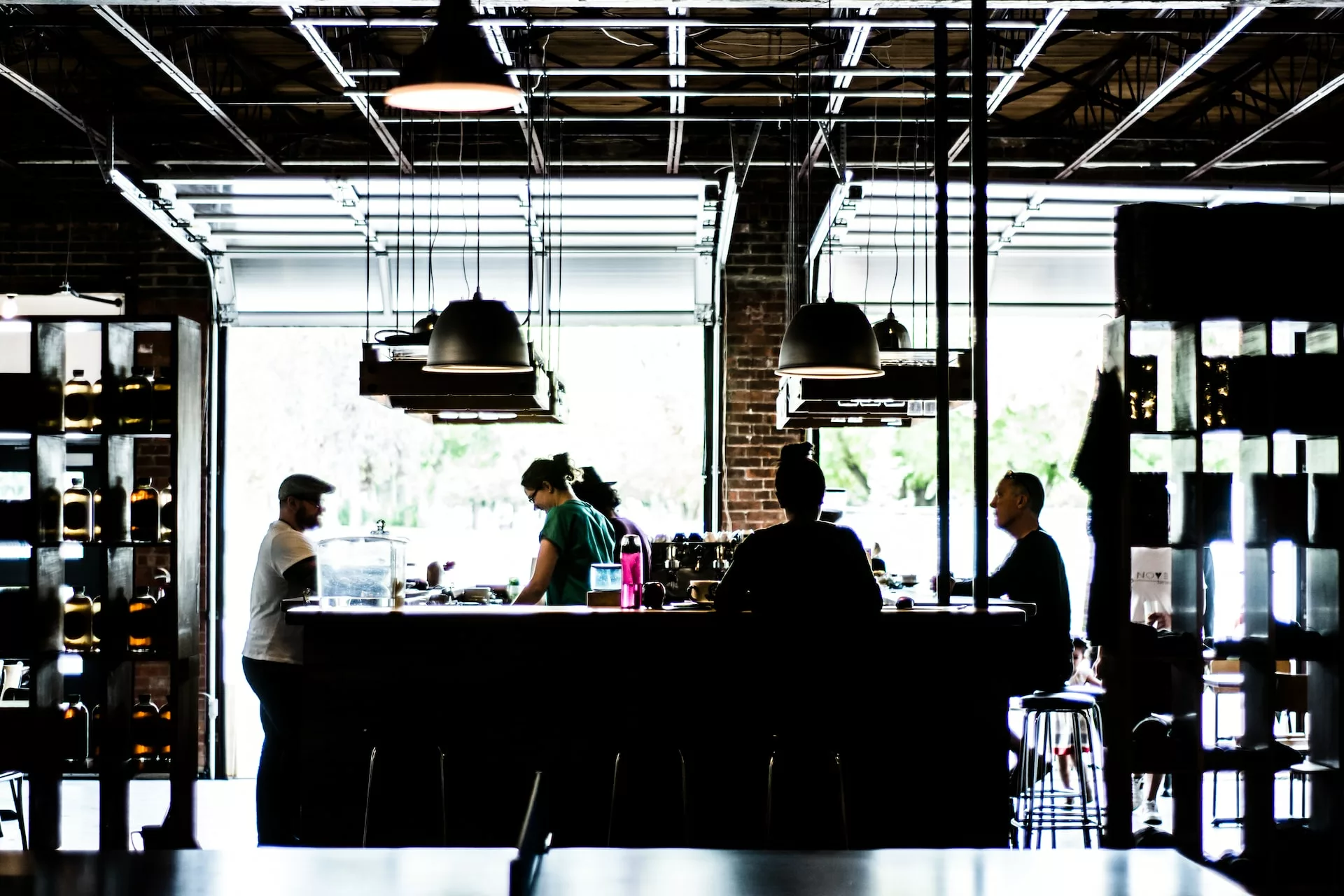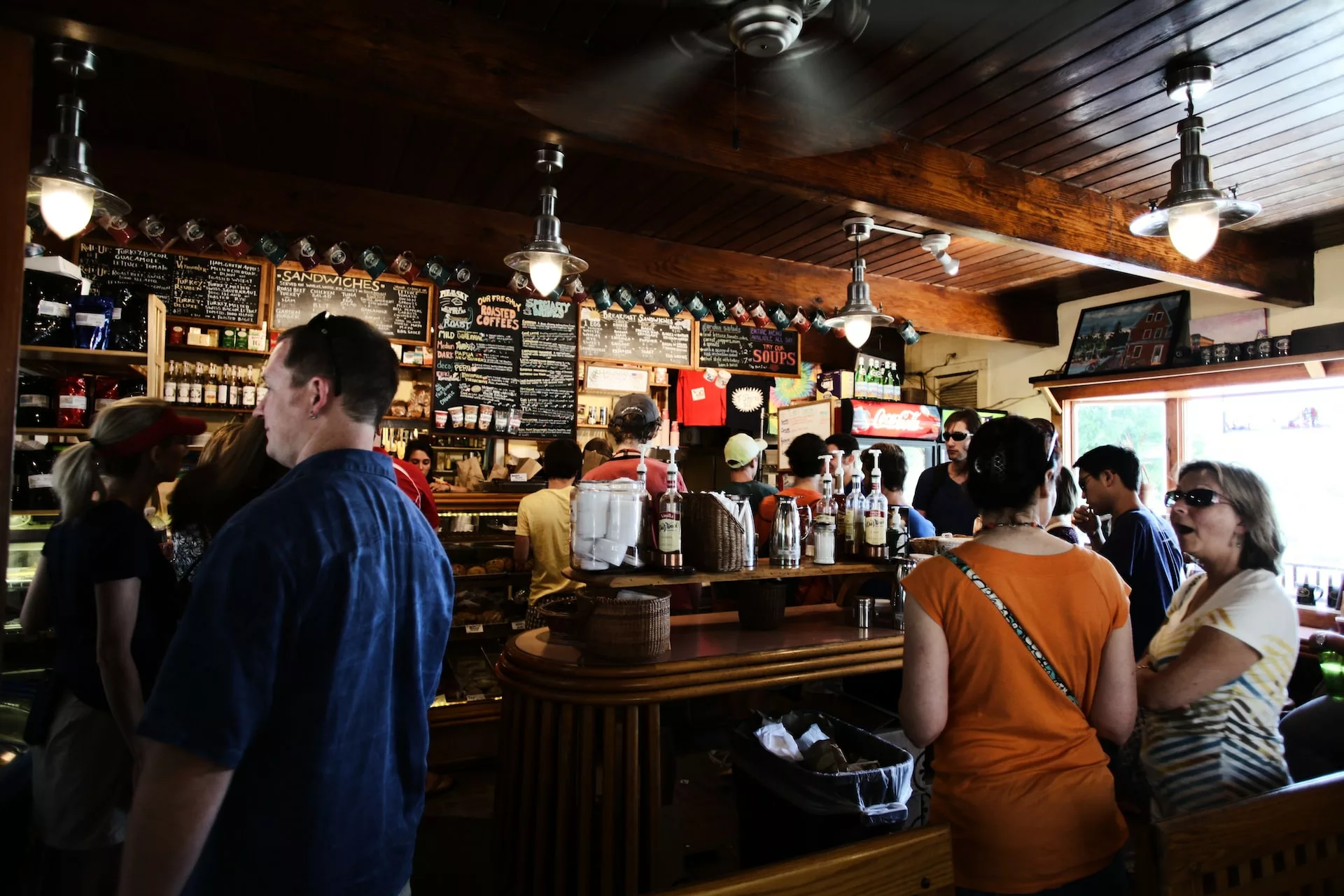As the founder of a coffee shop, you want to be able to serve your customers the best possible product. This means having a menu that is both delicious and reflective of the local community. But how do you go about developing such a menu? Here are three steps to get you started.
1. Do Some Research
The first step in developing your coffee shop menu is to do some research. That means taking a look at what other coffee shops in your area are doing. What kind of drinks do they serve? What do their menus look like? How do they price their items? Use this research to help you make decisions about your own menu.
The first step in crafting a competitive coffee shop menu is to define your target market. Who are your customers? What are their needs and preferences? Knowing who you’re targeting will help you develop a menu that appeals to your specific customer base.
If you’re not sure who your target market is, consider conducting market research through surveys or focus groups. This will give you valuable insights into who your customers are and what they’re looking for in a coffee shop experience.
Once you know who your target market is, it’s time to take a close look at your competition. Visit other coffee shops in your area and take note of their menus. What items do they offer? How are their prices structured? What promotions or discounts do they provide?
Also, be sure to check out their websites and social media accounts to see what kind of online presence they have. This will give you a sense of how they’re marketing themselves and what kind of messaging resonates with their customer base.
Now that you’ve looked at both your target market and the competition, it’s time to identify any gaps in the market that you can fill with your coffee shop. Are there any needs or preferences that aren’t being adequately met by the existing options? Is there anything unique that you can offer that will appeal to your target market?
Craft a unique selling proposition (USP) that highlights what makes your business different from the competition. This will be an important part of marketing your business and attracting customers. Once you’ve identified your USP, be sure to incorporate it into your menu design so that it’s clear to customers what sets you apart.
Include vegan options, gluten-free pastries, or cold brew on tap, make sure those offerings are prominently featured on your menu. You can also use menu design to convey other important information about your business, such as your commitment to using locally sourced ingredients or ethically sourced coffee beans.
2. Experiment with Recipes
Once you have some ideas for drinks, it’s time to start experimenting with recipes. Try out different flavor combinations and brewing methods until you find something that you think is perfect for your menu. Remember, this is all about trial and error, so don’t be afraid to experiment! With the right drink, your new coffee shop can make a name for itself in your area.
See what’s trending in the coffee world and look for inspiration from other cafes and restaurants. Once you have some ideas, it’s time to start testing them out. Be sure to document each recipe experiment so you can remember what worked and what didn’t. Taste-testing is important, of course, but don’t forget to consider things like cost and ease of preparation when making your decisions.
Make small batches. When you’re trying out a new recipe, you don’t need to make a huge batch of it. Just make enough for a few customers to try. This way, if they don’t like it, you’re not stuck with a lot of food that you can’t sell.
Offer samples. Another great way to test out new recipes is to offer samples to your customers. This way, they can try it before they commit to buying it. Plus, it’s a great way to generate word-of-mouth marketing for your business.
Get feedback. Be sure to get feedback from customers who try your new recipes. This will help you determine which ones are hits and which ones are misses. You can do this by simply asking them what they think or by setting up a survey for them to fill out.
Be prepared to adjust. Even if you think a recipe is perfect, be prepared to make adjustments based on customer feedback. After all, your customers are the ones who will ultimately decide whether or not a new recipe makes it onto your permanent menu.
3. Create Drinks with a Local Influence
When it comes to developing local influenced coffee drinks, don’t be afraid to think outside the box. Just because a certain type of bean or brewing method is popular in a particular area doesn’t mean that’s all you should offer. Get creative and experiment with different flavor profiles and ingredients. You never know what locals will take a liking too!
4. Choose Your Drinks
Now it’s time to choose the drinks you want to serve in your coffee shop. Of course, you’ll want to have all the classics like espresso, cappuccino, and Americano. But you should also consider adding some unique twists on those classic drinks. For example, you could offer a flavored latte or an iced espresso drink. Be creative and have fun with it!
5. Create Your Menu Layout
Once you’ve chosen your drinks, it’s time to create your menu layout. This is important because you want your customers to be able to easily find the drink they’re looking for. A good rule of thumb is to keep things simple and straightforward. Use clear font sizes and arrange your items in an easy-to-read format.
6. Price Your Drinks Smartly
Last but not least, you need to price your drinks smartly. This can be tricky because you don’t want to charge too much and scare away potential customers. But at the same time, you don’t want to charge too little and end up losing money on every sale. The best way to find the sweet spot is by doing some market research and seeing what other coffee shops in your area are charging for similar drinks. With a little trial and error, you should be able to come up with a pricing strategy that works for your business.
How do I price drinks at my coffee shop?
Know Your Cost of Goods Sold. One of the most important things to understand when setting prices for your coffee shop drinks is your cost of goods sold (COGS). This includes the cost of all the ingredients used to make a drink as well as any packaging or labor costs associated with making it. Once you know your COGS, you can start looking at different pricing models to see which one will allow you to make a profit. For example, if your COGS for a cup of coffee is $0.50 and you want to make a 20% profit margin, you would need to sell the coffee for $0.60.
Understand Your Customer’s willingness to Pay. It’s also important to understand how much your customer is willing to pay for a given drink. This may vary depending on the type of customer you’re targeting and the location of your coffee shop. For example, customers in a busy downtown area might be willing to pay more for a cup of coffee than customers in a more suburban area. Similarly, customers who are looking for a quick caffeine fix might be willing to pay more than customers who are looking for an experience. Once you have a good understanding of what your customer is willing to pay, you can start testing different price points to see which ones generate the most sales.
Test Different Prices. Finally, once you have an understanding of your costs and what your customer is willing to pay, it’s time to start testing different prices. The best way to do this is by running a series of A/B tests where you offer two different price points for the same drink and see which one generates more sales. You can also test different pricing models (e.g., charging by the ounce vs. charging by the cup) to see which one works better for your business. By constantly testing and tweaking your prices, you can ensure that you’re maximizing profits while still attracting customers.
Pricing can be a tricky thing to nail down—but it’s important if you want your coffee shop business to be successful. Use these tips as guidelines as you’re figuring out how much to charge for each drink on your menu.
7. Develop Food Items Connected to Your Drinks
The most important thing to keep in mind when developing your coffee shop menu is your customers. What are their needs and wants? What do they like to eat? And what are their dietary restrictions? Knowing the answers to these questions will help you create a menu that appeals to your target market.
For instance, if your coffee shop is located near a university, you might want to offer healthy food options that appeal to students who are looking for quick and affordable meals. Alternatively, if your coffee shop is in a business district, you might want to focus on offering breakfast items and light lunch options. Keep your customer base in mind when making menu decisions.
Your food menu should complement your drinks. After all, coffee shops are first and foremost places to get coffee. But that doesn’t mean you can’t also offer other beverages, like tea, hot chocolate, or smoothies. If you’re going to offer non-coffee drinks, make sure they complement the flavors of your food menu. For example, if you’re serving savory breakfast sandwiches, pair them with a rich and flavorful cup of hot chocolate.
Another important consideration when developing your menu is pricing. You need to set prices that cover the cost of ingredients and labor while also generate profit margins that will sustain your business long-term. When calculating prices, don’t forget to factor in portion sizes and trends in the industry (e.g., customers might be willing to pay more for ethical or sustainable items).
Sourcing high-quality ingredients is essential if you want your food menu to be successful. After all, no one wants to eat lackluster dishes made with subpar ingredients. Whenever possible, source local ingredients from farmers’ markets or trusted suppliers. Not only will this help improve the quality of your dishes, but it will also show customers that you care about where your food comes from.
More Coffee Shop Articles
Should I find a partner for my new Coffee Shop?
Launching a coffee shop can be an overwhelming task, especially if you have limited resources. Finding the right partner can be an invaluable asset to your business and help you reach your goals faster. In this post, we’ll discuss when it’s a good idea to find a partner for your coffee shop business.
Hit the Ground Running: How to Accelerate Your Coffee Shop Startup
Starting a new business is an exciting but daunting undertaking. If you want your coffee shop to take off and reach its full potential, it’s important to hit the ground running. In this post, we’ll explore how to accelerate your coffee shop startup by addressing key areas like planning, marketing, and operations.
What Professional Services Do I Need to Start My Coffee Shop?
Starting a coffee shop is a big undertaking, and it’s important to make sure you have the right professional services in place. In this post, we’ll explore what services you need to help make your dream of owning a coffee shop a reality.
5 Secrets to Local Marketing for My Coffee Shop
Local marketing is the key to success for any small business – especially a coffee shop. In this post, we uncover five tips and tricks that can help drive more customers through your door and boost your revenue.
Reducing Risk: Insurance Options for My Coffee Shop
Choosing the right insurance coverage for your coffee shop is an important part of reducing risk and protecting your business. Taking time to review available options and weigh the costs against potential risks can help ensure that you have the best coverage possible.
How Do I Get a Business License for My Coffee Shop?
Are you planning to open your own coffee shop? Make sure you know how to get a business license first! This post will explain step-by-step how to get the right license for your bustling cafe.
How Do I Find the Right Location for My Coffee Shop?
Opening a coffee shop is a big decision, and it all starts with finding the perfect location. In this post, we’ll take a look at what goes into choosing the ideal spot for your coffee shop business.
5 Mistakes Coffee Shop Entrepreneurs Make
Starting a coffee shop can be a daunting but rewarding task. But without the proper preparation, entrepreneurs can easily make mistakes that could prevent them from achieving success. This post covers five common pitfalls coffee shop owners should look out for to ensure they do not fall victim to them.
How to Find Funding to Start a Coffee Shop
Are you ready to become your own coffee shop owner? There are many ways to finance a new business, and this post will discuss how to find funding for your coffee shop dreams.










